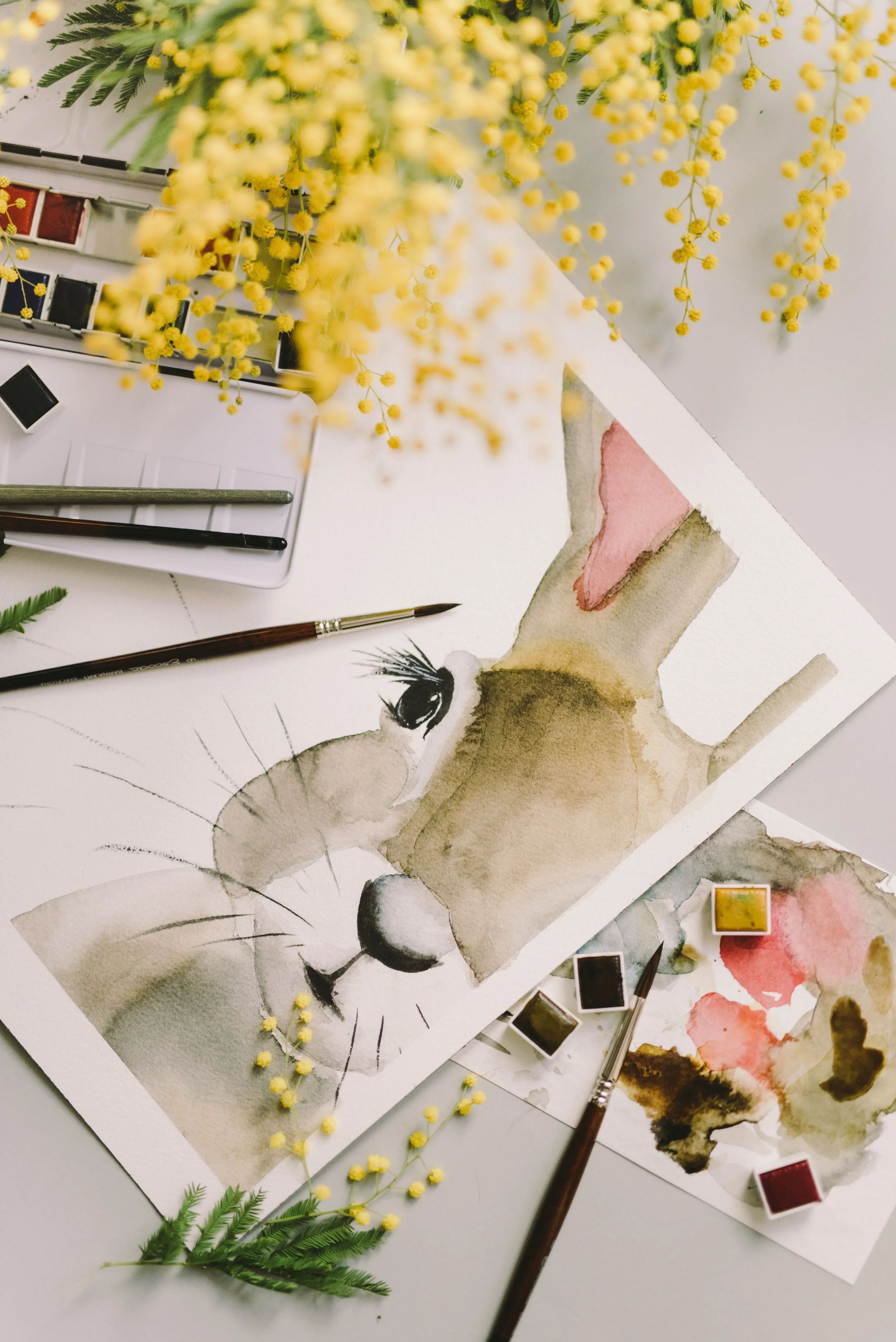A Comprehensive Guide to Rabbit Symbolism: Everything You Need to Know
Rabbits are one of the most commonly seen animals in the world. They are also one of the most Symbolically rich creatures we know. From Easter to Alice in Wonderland, rabbits have played a role in human culture for centuries. In this blog post, we will explore everything there is to know about the Symbolism of rabbits! We'll discuss their meanings in different cultures, how they've been portrayed in mythology and folklore, and much more!
So if you're curious about the Symbolism of these furry little creatures, read on!
Rabbit Symbolism in Different Cultures
Rabbit symbolism is evident in many cultures worldwide. For instance, the ancient Egyptians believed rabbits were lucky animals that brought good fortune and prosperity. They associated rabbits with the moon and believed that they possessed magical powers. In Native American culture, rabbits represented fertility and abundance. The Pawnee tribe believed rabbits could communicate with the spirit world, while the Navajo tribe associated rabbits with rain and abundance.
In Chinese culture, rabbits symbolized longevity, fertility, and good fortune. According to the Chinese zodiac, people born in the year of the rabbit were believed to possess strong character traits such as creativity, empathy, and intelligence. Similarly, rabbits symbolized growth, abundance, and new beginnings in Celtic culture.
Rabbit Symbolism in Literature and Media
Rabbit symbolism is also prevalent in literature and media. One of the most notable examples is Alice's Adventures in Wonderland by Lewis Carroll. The white rabbit is a prominent character in the book, representing curiosity, adventure, and the journey into the unknown. Similarly, Watership Down by Richard Adams portrays rabbits as intelligent, sensitive creatures with strong bonds and leadership qualities.
In popular culture, Bugs Bunny is a well-known rabbit character that has entertained generations with his wit and humor. The character embodies cleverness, resourcefulness, and playfulness. Peter Rabbit by Beatrix Potter is another iconic rabbit character representing mischief, curiosity, and the joy of exploration.
Rabbit Symbolism in Spirituality and Religion
Rabbit symbolism is also evident in various spiritual and religious practices. In Christianity, rabbits represent rebirth and resurrection, particularly during Easter celebrations. The rabbit's ability to reproduce quickly also signifies fertility and new life. In Buddhism, rabbits symbolize humility, kindness, and compassion. The story of the selfless rabbit who offered his body as food to a hungry traveler is a popular Buddhist tale highlighting the virtues of generosity and selflessness.
In Paganism, rabbits are associated with the moon and are believed to possess magical powers. The rabbit's ability to burrow into the earth symbolizes its connection to the spiritual world. In Shamanism, rabbits represent intuition, fertility, and transformation. The rabbit's ability to navigate the underground tunnels signifies the journey into the unknown and discovering hidden truths.
Rabbit Symbolism in Dreams
Rabbits also hold symbolic meanings in dreams. Seeing a rabbit in a dream may signify fertility, abundance, and new beginnings. A dream where a rabbit runs away from something may represent fear, anxiety, or a desire to escape a situation. A dream where a rabbit hops joyfully may represent happiness, contentment, and freedom.
Interpretation of rabbit symbolism in dreams may vary depending on the dreamer's cultural background, personal experiences, and emotional state. However, the recurring themes of fertility, abundance, and new beginnings are consistent across different interpretations.
Rabbit Symbolism in Art and Design
Rabbit motifs are also popular in art and design. In Chinese art, rabbits are often depicted alongside the moon and flowers, representing harmony, prosperity, and longevity. In Western art, rabbits are often associated with innocence, playfulness, and curiosity. In fashion, rabbit fur is a luxurious material that symbolizes elegance and sophistication.
The interpretation of rabbit symbolism in art and design may vary depending on the artist's intent and the context of the artwork. However, the recurring themes of fertility, abundance, and new beginnings are often present in rabbit-inspired art and design. Whether it's a playful cartoon rabbit or an intricate sculpture of a white rabbit, art featuring rabbits often evokes joy, innocence, playfulness, and hope. Rabbit motifs can be seen in paintings, sculptures, clothing, textile designs, jewelry, and more.
Parting Thoughts
In conclusion, rabbit symbolism is a fascinating concept that can inspire us to explore our inner world of mystery and knowledge. Whether connected to fertility or bringing luck, rabbits can be incredibly meaningful symbols in many different contexts. From the tangible benefits, such as enhanced agriculture and medicine, to the intangible power of creativity and insight, understanding the rich symbolism associated with rabbits can serve as an important reminder of their presence in our lives. Understanding rabbit symbolism has many applications, all of which have something unique regarding growth, understanding and self-improvement. All-in-all, connecting with these little creatures' symbolism can be a powerful way to help us move through life with confidence and curiosity!











